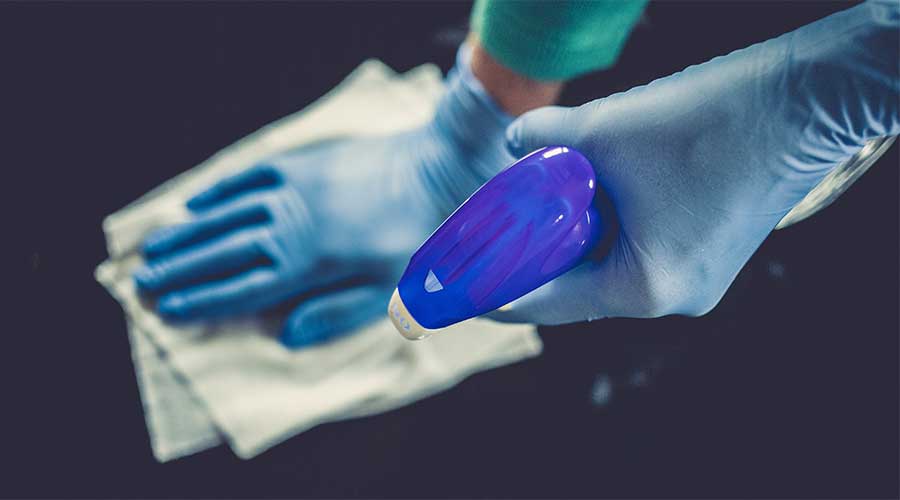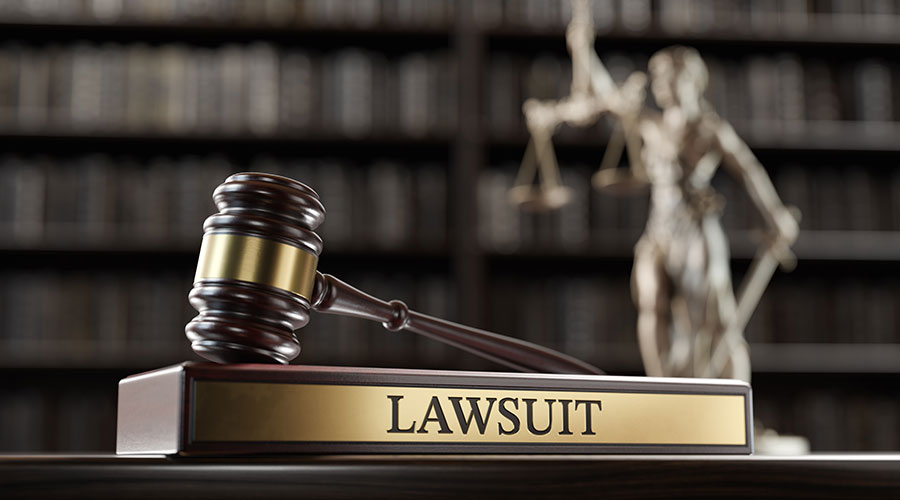In recent years, the number of disinfectants designed to decontaminate healthcare environments and reusable, non-invasive care equipment has increased markedly, making the selection of the most appropriate disinfectant a confusing task. In addition to the microbial challenge, environmental services managers need to consider numerous factors:
- efficacy
- range and speed of activity
- stability of the ingredients
- compatibility of the disinfectant with surfaces
- inactivation of the disinfectant by organic matter
- method of application
- convenience
- health and safety concerns
- cost.
While the microbial challenge continues to evolve and novel disinfectants continue to emerge, guidance updates have been notably absent.
The variety of options can leave the user confused over which disinfectant is most appropriate for the required task. The use of disinfectants, like most things in the infection prevention world, is based as much on opinion as on science.
The Spaulding classification, originally proposed in 1957, is a widely used system for matching the disinfection and sterilization of surfaces, particularly those of re-usable medical/surgical devices, with available processes. It presents a ranking from simple disinfection through to sterilization that should be considered in the reprocessing of devices, based on the risks associated with their use, ranging from critical (presenting a high risk) through semi-critical to non-critical (presenting a low risk).
Traditionally, a disinfectant was considered most likely to achieve disinfection if it was applied to a clean surface. Apart from decontaminating blood spillages, the generally accepted adage was to clean before disinfection. But some novel products, including impregnated wipes and sprays, contain both surfactants and disinfectants meaning that these processes can be performed simultaneously.
The cleaning and disinfecting efficacy of a pre-saturated wipe achieving disinfection is dependent on the following:
- The wipe contains sufficient surfactants, disinfectants and wetness while the process is performed and for the stated contact time.
- The disinfectant can achieve disinfection given the microbial and soil challenge.
- The wipe is used in a systematic way to remove gross soil and then to clean and disinfect the entire surface.
- The size of the wipe is adjusted to the task the wipe is used on. For instance, a 7- by 8-inch could not be expected to disinfect an entire mattress and bed rails of a patient’s bed.
The efficacy of cleaning and disinfection of any pre-moistened wipe requires that both the disinfectant has been tested as well as the delivery method, i.e., suspension tests and surface tests with a wiping action. Those selecting disinfectants also need assurance of the benefits of use within clinical settings, e.g., minimal time requirements to prepare, perform and remove residues and waste.
The U.S. Environmental Protection Agency (EPA) does not have a specific list of disinfectants approved for use in healthcare facilities. Because of the diverse surfaces and patient populations that exist, the EPA instead reviews test parameters and results regarding each disinfectant’s claim for compatibility on hospital surfaces, its potential toxicity, the specific microbial kill test data on which required dwell time is based for organism-specific inactivation. It also evaluates the cleaning instructions and efficacy of the cleaner in the all-in-one cleaner disinfectants.
J. Darrel Hicks, BA, MESRE, CHESP, Certificate of Mastery in Infection Prevention is the Past President of the Healthcare Surfaces Institute. Hicks is nationally recognized as a subject matter expert in infection prevention and control as it relates to cleaning. He is the owner/principal of Safe, Clean and Disinfected. His enterprise specializes in B2B consulting, webinar presentations, seminars and facility consulting services related to cleaning and disinfection. Learn more at www.darrelhicks.com.

 Case Study: How NYU Langone Rebuilt for Resilience After Superstorm Sandy
Case Study: How NYU Langone Rebuilt for Resilience After Superstorm Sandy Frederick Health Hospital Faces 5 Lawsuits Following Ransomware Attack
Frederick Health Hospital Faces 5 Lawsuits Following Ransomware Attack Arkansas Methodist Medical Center and Baptist Memorial Health Care to Merge
Arkansas Methodist Medical Center and Baptist Memorial Health Care to Merge Ground Broken on Intermountain Saratoga Springs Multi-Specialty Clinic
Ground Broken on Intermountain Saratoga Springs Multi-Specialty Clinic Electrical Fire Tests Resilience of Massachusetts Hospital
Electrical Fire Tests Resilience of Massachusetts Hospital